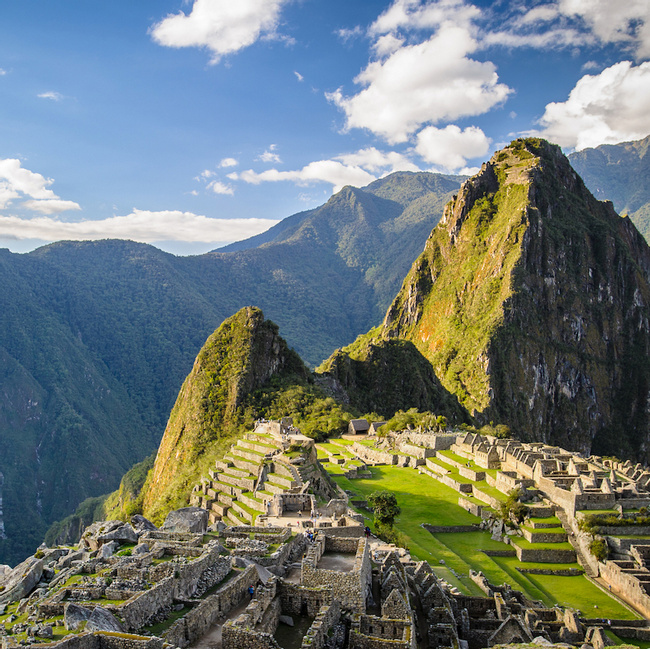- Travel Guides
Protected Areas in Peru
Peru’s incredible wealth of natural diversity merits protection. Fortunately, the Peruvian government has done a good job preserving important ecosystems across the country. Peru’s 75 protected areas encompass more than 15 percent of the Peruvian territory.


Protected Areas
There are 12 national parks in Peru. Three of these—Manu, Huascarán, and Río Abiseo—are classified internationally as Natural World Heritage Sites.
There are 15 national reserves (reservas nacionales), which include Titicaca, Pacaya Samiria and Paracas, as well as communal reserves (reservas comunales) that protect land where Amazonian groups live.
Other designations include protected forests (bosques de protección) and reserved zones (zonas reservadas), like the ones that surround the Sierra del Divisor along the border with Brazil. One other category of protection is historic sanctuaries—these include the Inca Trail and Machu Picchu.
The Peruvian government allows some protected areas to be administered by private, regional and community organizations. There are currently 16 private conservation areas (áreas de conservación privada) and 5 regional conservation areas (áreas de conservación regional). This system of private and local management is becoming more popular in Peru, as it has proven both effective and efficient.
Remember, when you let your travels take you to protected areas, you are on the correct side of Peru's environmental issues. Choosing environment activities encourages governments to enforce the continued protection of these ecosystems. Whichever protected areas you choose to visit, make sure that you are prepared for your adventures. Learn what you should wear and bring to a national park in Peru.
It's more than just having a good time or visiting beautiful places (although that's absolutely a part of it!), it's about being part of a unique experience that stays with you.



